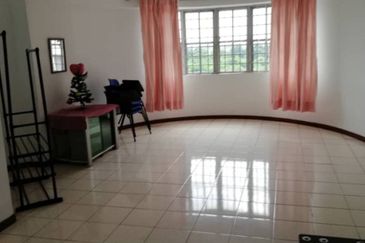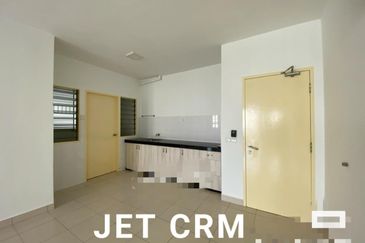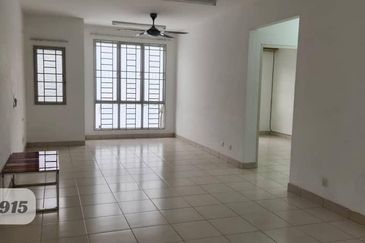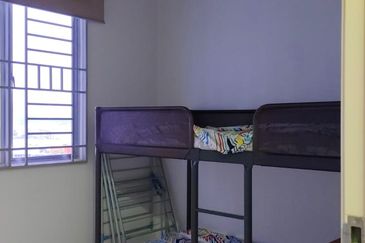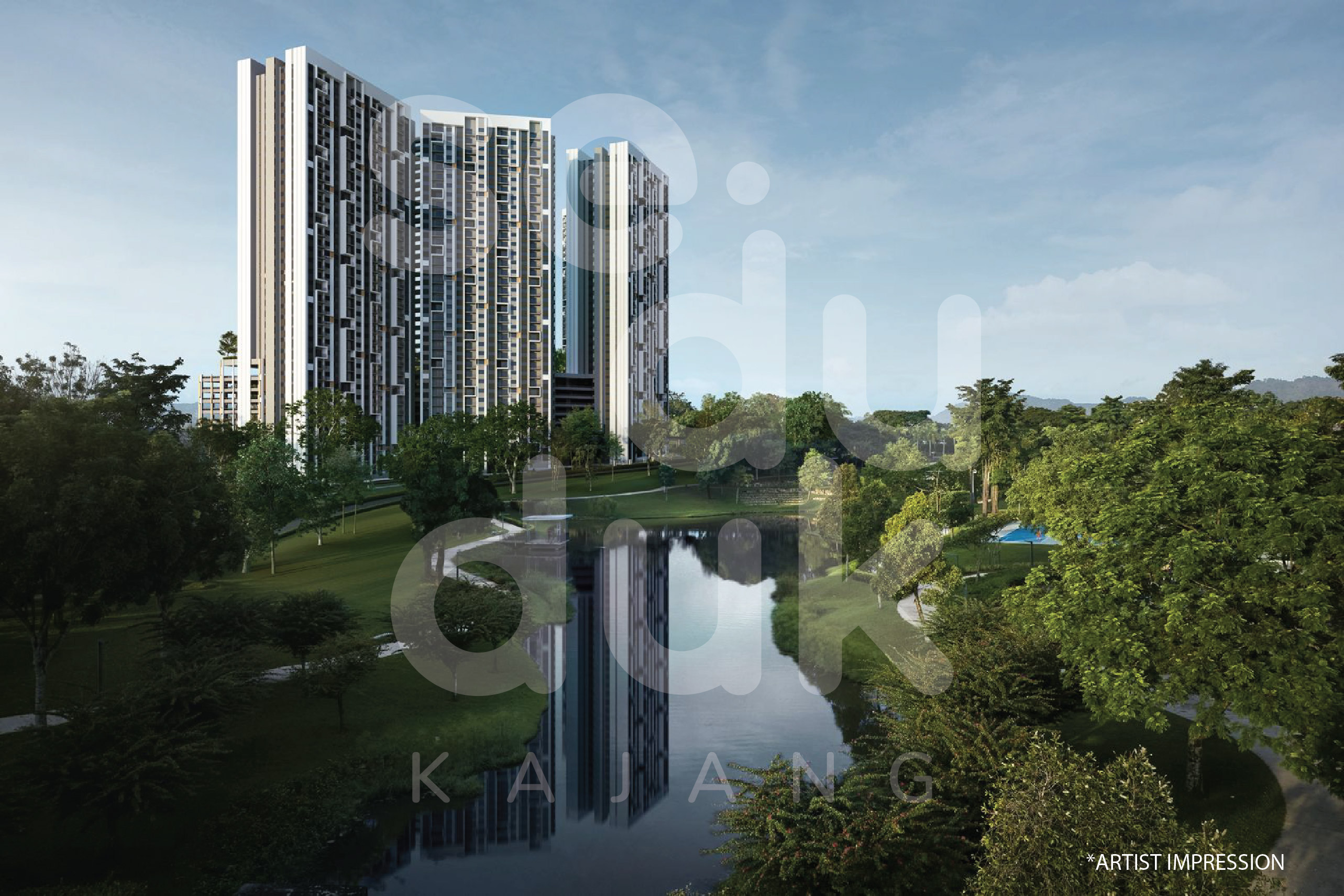
Greta Thunberg, the famous now-18-year-old activist from Sweden, may be a little consoled that several industry players in Malaysia are playing their roles in reducing the global temperature. Turning the current buzzword on sustainability into concrete action, a number of factories, shopping malls, hospitals and educational institutions in the country have started investing in renewable energy, particularly solar power.
On the residential side, one outstanding example of a sun-run home is S11 House, Malaysia’s first Green Building Index (GBI) Platinum-rated building. Built by the past president of Malaysian Institute of Architects (PAM), Dr Tan Loke Mun, the house has all its electricity supplied by 25kWP of solar photovoltaic (PV) roof panels, making it a Net Zero Energy house.
Read also
Living in a green machine
But then, Tan is an architect, in fact, the founding director of ArchiCentre and DTLM Design Group. He possesses the resources, expertise and know-how in sourcing, fixing, maintaining and calculating the return on investment (ROI) on the PV system, which the man on the street could only applaud and admire but stop short of emulating.
![Chin: We are looking to equip an average of 6,000 houses a year over the next five years for the secondary market, excluding working hand in hand with developers [for new residential projects]. We expect the numbers to balloon up very quickly (Photos by Pekat and Solaroo)](https://media.edgeprop.my/s3fs-public/editorial/my/2021/October/8/pekat_2.jpg)
For one, catching the rays to cook your rice does not seem as simple as installing a water filter system into your home.
There are in fact over 100 solar energy suppliers in the country now, with about 20-30 players covering the residential market.
So how long will it be before signing up for solar PV becomes as common as internet broadband? What is the current cycle of the solar industry in the country?
“I think we are only at the beginning. There are 3.2 million of landed residential properties in Malaysia and they are largely untapped. So far, only about 1,000 over homes have installed solar panels,” Pekat Group Bhd managing director Chin Soo Mau says.
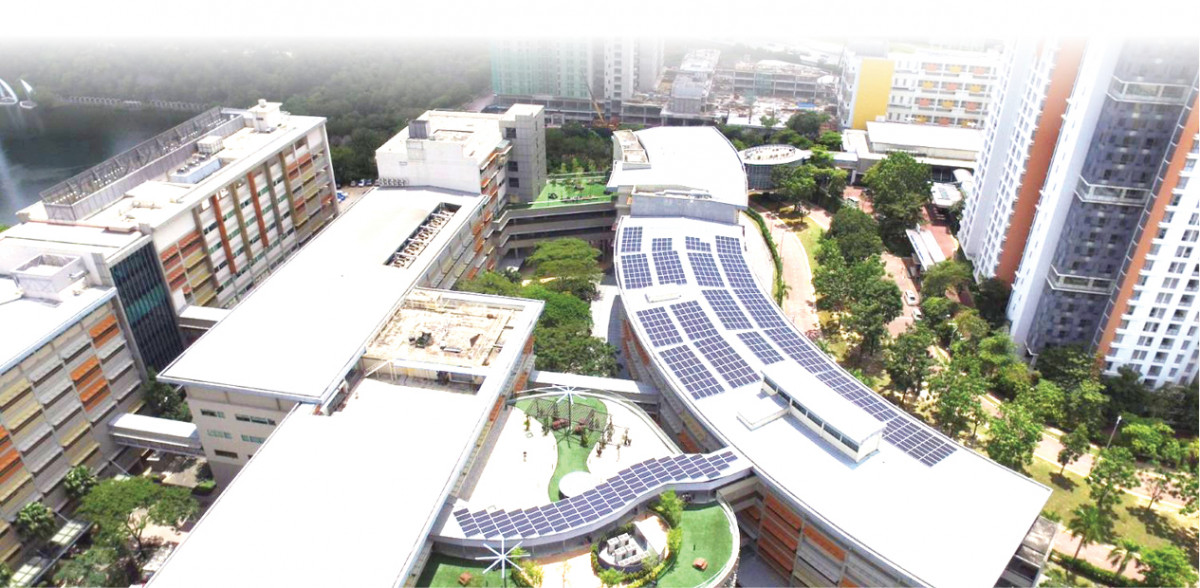
“We are looking to equip an average of 6,000 houses a year over the next five years for the secondary market, excluding working hand in hand with developers [for new residential projects]. We expect the numbers to balloon up very quickly,” adds Solaroo director Johann Sze. Solaroo is a one-stop solar-energy solution centre under Pekat.
The group, which started out in 1999 under the name Pekat Teknologi Sdn Bhd as a provider of design, supply, distribution and installation of lightning protection, earthing and surge protection technology, is now also a solar PV specialist.
If its performance is anything to go by, the public reception on solar energy seems to be looking up.

Pekat Group was listed on June 23 this year at the Bursa Malaysia’s ACE Market. For starters, its share price jumped nearly threefold to an intraday high of 93 sen. The stock, with an initial public offering (IPO) price of 32 sen, opened at 85 sen. On market close, it settled at 81.5 sen, about 155% above its IPO price. The counter was the most-actively traded stock of the day on June 23, with 243.3 million shares traded.
In its latest financial result announcement, Pekat posted a net profit of RM5.58 million in the first half ended June 30, 2021 on the back of RM81.71 million revenue mainly contributed by the PV segment.
Supported by the government’s initiative in extending the green technology tax incentives to 2023 and setting a target of reaching 31% of renewable energy in the national installed capacity by 2025, Chin says that the outlook for the solar PV industry remains positive.

“Now, we are hoping that the government will increase the quota for the installation of solar panels. We foresee the interest to come from the major cities including the Klang Valley, Penang and Johor. But we definitely do not rule out the smaller suburban areas as well because the demand is there,” Chin tells EdgeProp.my.
Whilst previously its solar solutions were mainly catered to big factories, educational institutions, malls, infrastructures and commercial firms including the likes of Sunway Pyramid, the Duke Highway, Mycron Steel and Monash University, Pekat is now looking to tap into a new venture – residential homes.
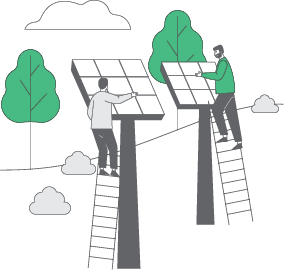
Addressing cost barrier
Pekat has reduced CO2 generation by 73,078.2 tonnes since the establishment of its solar business up to June 2021.
There is certainly little objection against such goals of using solar energy to conserve the environment, but what’s keeping the trend from picking up?
In an interview last year with S11 House’s Tan,he noted that 10 years ago, the cost of 1kWP ofsolar PV was about RM25,000 with payback of about 40 years.
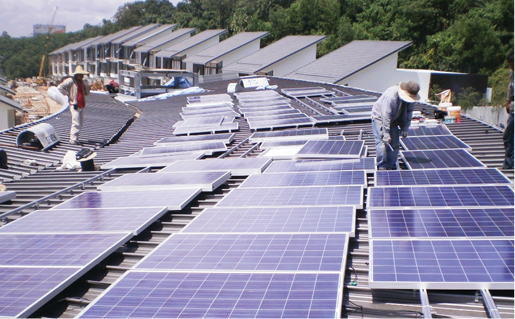
“Ten years ago, when I built my S11 House, I put in 5kWP of solar PV on the roof. That time,the cost of 1kWP was about RM25,000 with pay-back of about 40 years. But with the government incentive and grant through the Suria scheme,we managed to reduce it to about 12 years. In February this year (2020), I added 20kWP of solar PV. Now, 1kWP only costs me RM4,000 — the price has come down tremendously.”
This means that the entry barrier for solar panel usage is much lower and more accessible compared to before.
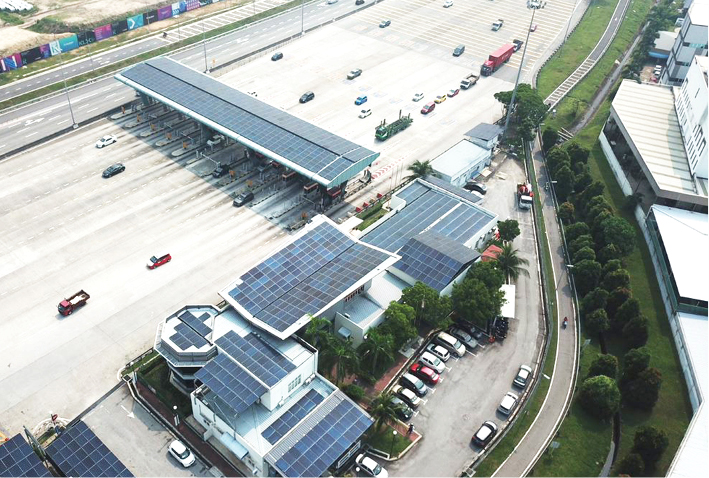
Based on the current NEM Rakyat 3.0, a residential household is only allowed to install a 4kWac system (approx. up to 6kWp) for a single-phase or 10kWac (approx. up to 14kWp) for a three-phase system.
Micro-inverter system
In response, Chin says that Pekat has researched into the micro-inverter system to address consumers’ various concerns regarding using solar energy.
“We have put in a lot of research into it (the micro inverter system) to find out whether it works. It wasn’t easy. This system has not really been revealed in the market yet, and we also haven’t spent time really educating and pushing our products yet,” Solaroo’s Sze says.
“We have two groups of target market – one of them constitutes those who already want to go into green living. They are the younger ones who have been brought up with the importance of sustainable living, and of course, a portion of them is the older generation as well. Then, we have another group of customers who are asking – how much returns and cost savings can I get in the long run, how much do I have to invest?” Chin adds.
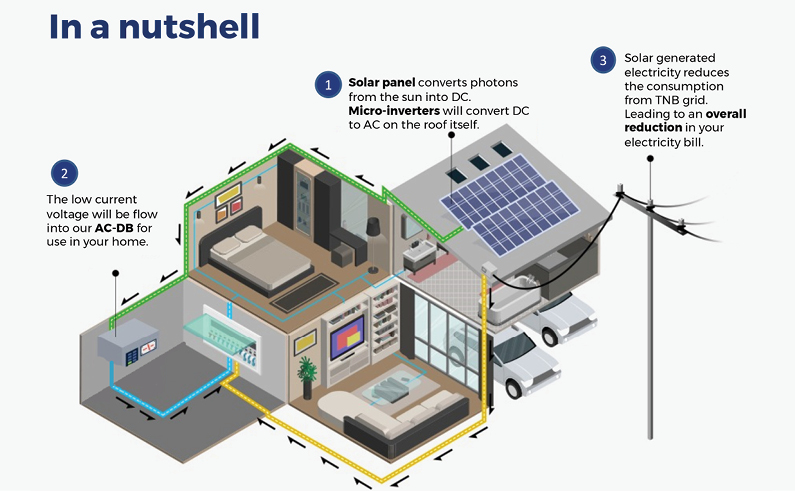
To illustrate, if your TNB bill runs from RM300- RM420, installing a 6kWp solar PV system should save you up to 90% of your electricity bill. The system would cost around RM23,000,” Chin explains.
Meanwhile, Sze adds that if one is looking at higher-end systems for households with eletctrical bills running from RM800 to RM900 a month, installing a 12kWp solar PV system will knock off approximately RM750 to RM800 a month and cost around RM44,000.
So, each month you save about RM750 to RM800 which is around 90% of your monthly TNB expense. You get back your returns in five years’ time. The system comes with a five-year free maintenance and insurance and then after that the cost is around 2% per annum of your system price. So, say if your system costs RM44,000, annually you pay RM880 or RM73 per month for maintenance and insurance.
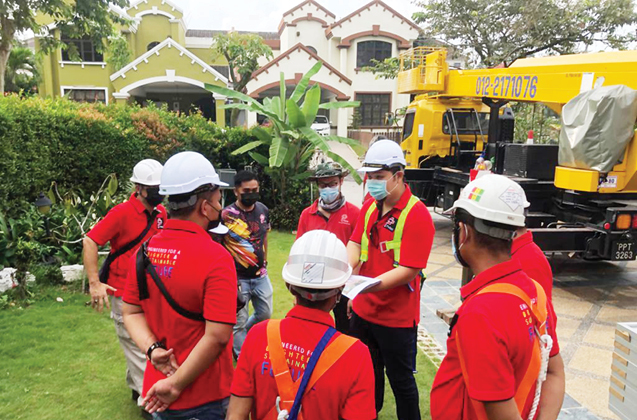
“We realise that for a lot of solar systems, one pain point is the maintenance, because a few years down the road, users may have to replace one big part of the solar panel. Then, it becomes very costly, which they may not want to pay.
“The efficiency of the solar panels come down by about 0.55% a year. At the end of the 25-year life, we are looking at a minimum operating efficiency of 85%. The manufacturers also provide a performance warranty for 25 years,” Sze elaborates.
Hence, the birth of Solaroo, a one-stop solar energy solution with a five-year full repayment inclusive of insurance and maintenance.

“So, what we did for Solaroo was that we found the most efficient way to include warranties, replacements and insurance into the cost, so that every year you just pay us a fixed fee. If any issue arises during that one year, we can solve nine out of 10 of those issues without extra charges. In the worst-case scenario, we will sit down with the client to explain what the issue is and delve deep into it so that the client understands,” Sze adds.
In reply to a growing interest in using batteries for power generation as well, Chin says: “There is still a lack of incentive from the government when it comes to battery usage. The ROI for batteries are typically eight to ten years, which is a long period of time so not everybody will invest in them.
“When we first started the solar business back in 2008, the ROI was 30 years. Only commercial buildings that needed the GBI certification participated; but now, the ROI for solar is five years as opposed to 15 years, [so] the chances of investing are higher.”

Safe, efficient and easy
According to the Suruhanjaya Tenaga guidelines, systems below 72kWac do not require a chargeman to be on site during operations.
So for residential and small commercial outlets, Pekat’s priority is on safety.
“We really have to make sure the safety aspect of the system is taken care of because there is no chargeman on site at residential homes unlike commercial buildings. We also have to make sure that the system is efficient enough for the user with the best kind of features that would work for them,” Chin stresses.
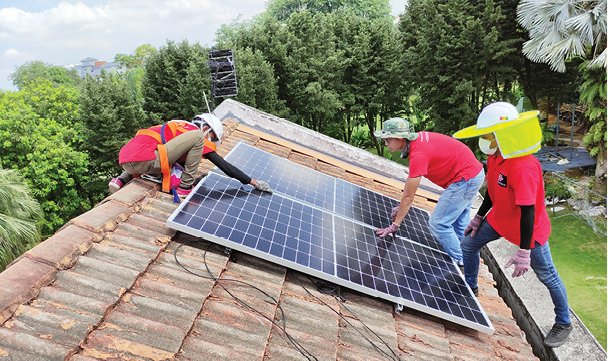
“Hence, with micro-inverters, Pekat’s systems are extra low voltage with rapid-shutdown technology to minimise any risk. We have found that with micro-inverters, it also provides better efficiency for smaller sites. A conventional string inverter’s production will be affected when there are obstructions on solar panels, generating a lower production level, whereas using micro-inverters will minimise the impact of obstructions.
“This is because conventional string inverters are an entire series of panels ‘strung’ together where one affects the other’s performance. For our systems, there is no single point of failure, allowing production to keep running irrespective of other panels. Whether it’s a leaf, dirt or shading, only the individual panels are affected while others keep performing to their fullest,” Sze explains.
“As Pekat started off in lightning protection, all of our Solaroo systems are fully equipped with our Pekat own lightning protection devices built in-house. This was only made possible because we have our own production division where we’re able to integrate the engineering and technical knowledge into the product itself,” he states.

“Our three highlights are to make sure it is safe, efficient and easy to install. Our systems are all modular. Depending on your saving range, you are able to scale up or down accordingly.
“We have prepared for more than a year on this project while the technical team has run their testing for more than two to three years. Hence, we feel that we are prepared to launch our product to the market now,” adds Chin.
Admitting that the micro-inverter system costs about 20%-30% higher than the conventional system, Chin and Sze are quick to add that Pekat is presently offering it to the market at the same price as the latter.
“We would absorb it (the cost) until more education has been carried out and the market is well aware of the benefits behind a micro inverter system,” Sze says.
Installation within a day
On the installation, Chin likens it to fixing air-conditioners: “The concept is the same. We will do a site visit to see where we can install the panels, taking in factors such as the cabling and how to install it”.
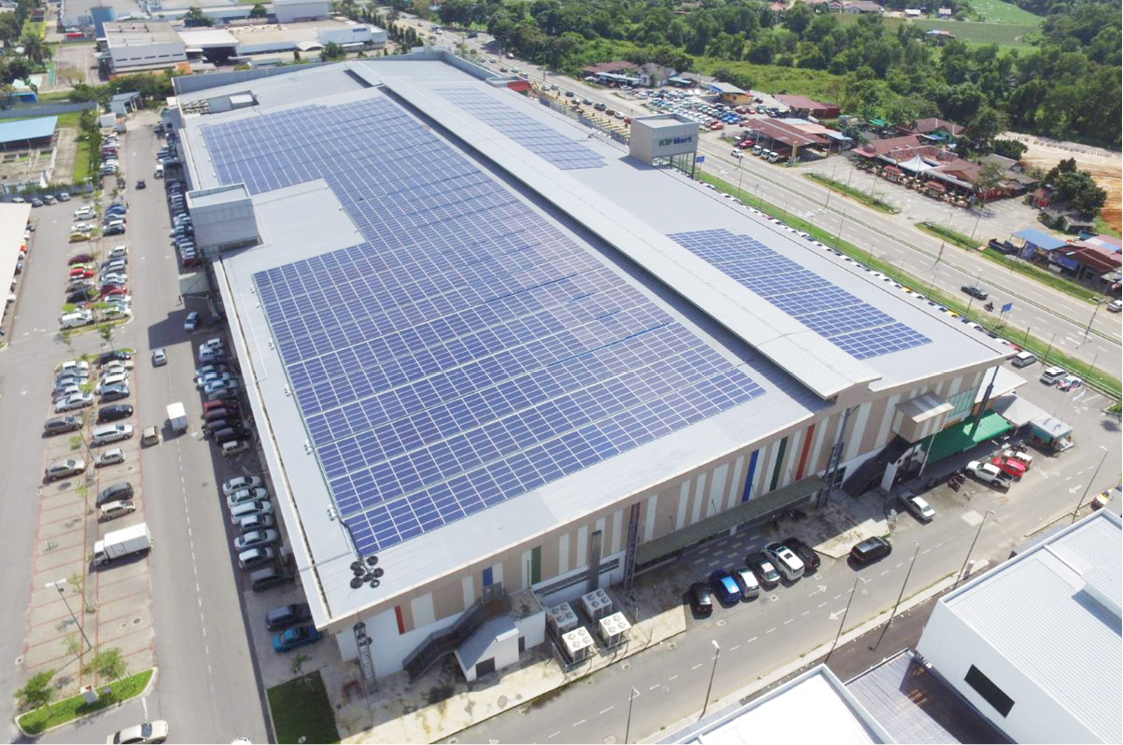
“Within a day, we are able to set up the entire system. We used to take five days, then three days, and now it has come to one day after we have improved the efficiency, depending on weather situation. We have worked on a formula to maximise the efficiency, from the delivery to the installation itself,” Sze elaborates.
In reply to a balance between aesthetics and practicality, Chin says: “Definitely in the days to come, aesthetics is going to be a factor that will be growing in importance to the users of solar panels. We work closely with the architects, and we believe that even homes that have to undergo retrofitting can have good aesthetics”.
This story first appeared in the EdgeProp.my E-weekly on Oct 8, 2021. You can access back issues here.
Get the latest news @ www.EdgeProp.my
Subscribe to our Telegram channel for the latest stories and updates
TOP PICKS BY EDGEPROP
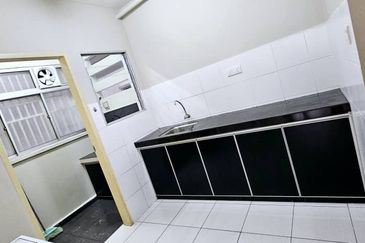
Rumah Selangorku De Palma
Setia Alam/Alam Nusantara, Selangor
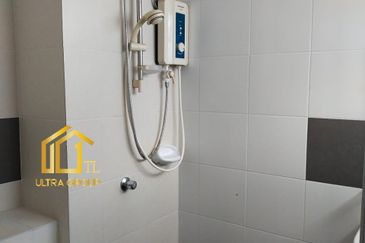
Seri Kasturi Apartments, Setia Alam
Setia Alam/Alam Nusantara, Selangor
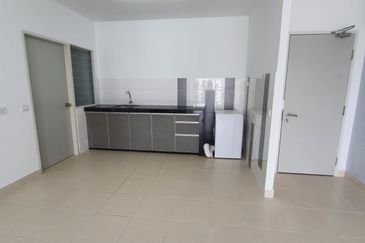
Seri Kasturi Apartments, Setia Alam
Setia Alam/Alam Nusantara, Selangor

De Bayu Apartment @ Setia Alam
Shah Alam, Selangor

Anjung Hijau (Greenfield Apartment)
Bukit Jalil, Kuala Lumpur

The Grove @ Lake Fields
Sungai Besi, Kuala Lumpur
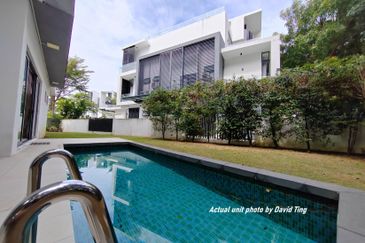
Lake Fields - Grove
Sungai Besi, Kuala Lumpur

Taman Wawasan, Pusat Bandar Puchong
Puchong, Selangor

